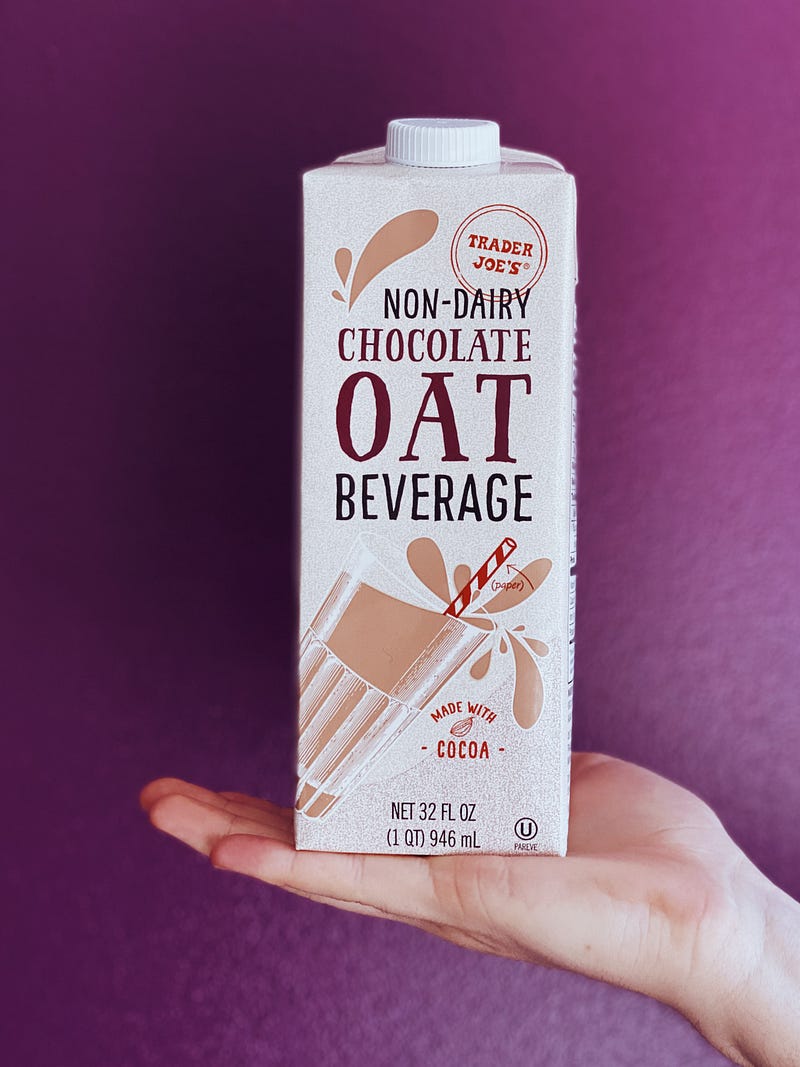Exploring the Nuances of Plant-Based Meat Substitutes
Written on
Chapter 1: The Rise of Plant-Based Foods
In recent years, the popularity of plant-based foods has surged dramatically. In the 1980s and 90s, choosing meat substitutes often meant dealing with unappealing options, typically involving mushrooms or products that barely resembled meat.
Now, however, the plant-based market has evolved into a thriving global industry worth billions, expanding well beyond the niche market of vegans. Today, plant-based meat alternatives are commonplace, appearing in everything from coffee shops offering various non-dairy milks to grocery stores filled with meat substitutes.

Chapter 2: The Complexities of Plant-Based Nutrition
While this rapid growth brings a plethora of choices, it also introduces challenges. The nutritional profiles of these new plant-based products can vary significantly. Are you consuming a burger made from seed protein or one crafted from mushrooms? Is your dairy alternative derived from grains or a mix of nuts and palm oil?
To investigate these complexities, a recent pre-printed study titled “A cross-sectional study of the commercial plant-based landscape across the US, UK, and Canada” was released.
This video discusses the realities of plant-based meat alternatives and their implications for vegan diets.
Section 2.1: Methodology of the Study
The study employed a straightforward yet thorough methodology. Researchers scoured the websites of supermarkets, restaurants, meal delivery services, and food manufacturers, using search terms like “vegan” and “plant-based.” This led to the compilation of a database containing nearly 4,500 products, ranging from milk alternatives to vegan meals.
One noteworthy aspect of this study is its consumer-centric approach, relying on publicly available information, akin to how individuals would research their dietary choices. While this methodology has limitations—such as incomplete information and the focus on three developed, English-speaking countries—it offers insights into the available options.

Section 2.2: Key Findings
The findings revealed significant variability in the nutritional content of plant-based products. For instance, protein content, a crucial factor for those replacing meat, varied widely. Restaurant offerings typically provided a reasonable protein amount (20-25g per serving), although supermarket ready meals showed dramatic differences, with some soy-based products averaging 15g and jackfruit options containing less than 1g.
This video explores the effects on your body when you swap meat for plant-based substitutes.
On a more positive note, while there was considerable variability among products, the nutritional compositions across the US, UK, and Canada were relatively consistent. Most plant-based foods tended to have lower saturated fat and sodium levels, with many also rich in fiber.
Chapter 3: Health Implications of Plant-Based Diets
The central question remains: are plant-based foods healthier than their meat counterparts? The answer is nuanced. Some plant-based options may offer health benefits, while others could be less nutritious. The impact largely depends on what foods are being replaced and the overall dietary context.
Dr. Nicola Guess, the lead author of the study, emphasizes the importance of label scrutiny. Two seemingly identical products might have significantly different nutritional profiles. Thus, understanding what you consume is essential.
As you consider incorporating more plant-based foods into your diet, it’s crucial to examine the nutritional content and consult with a dietitian for tailored advice. While the potential to replace meat with plant alternatives exists, navigating this landscape requires informed choices.